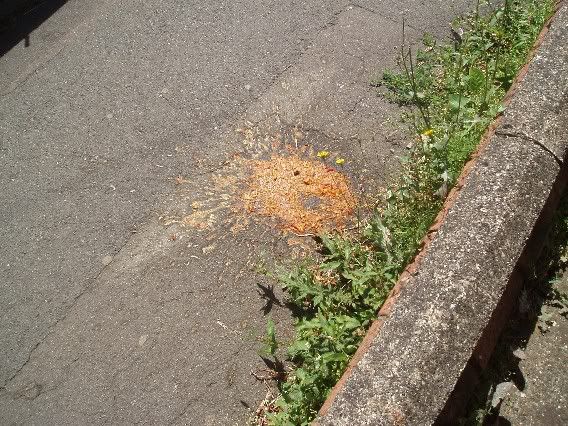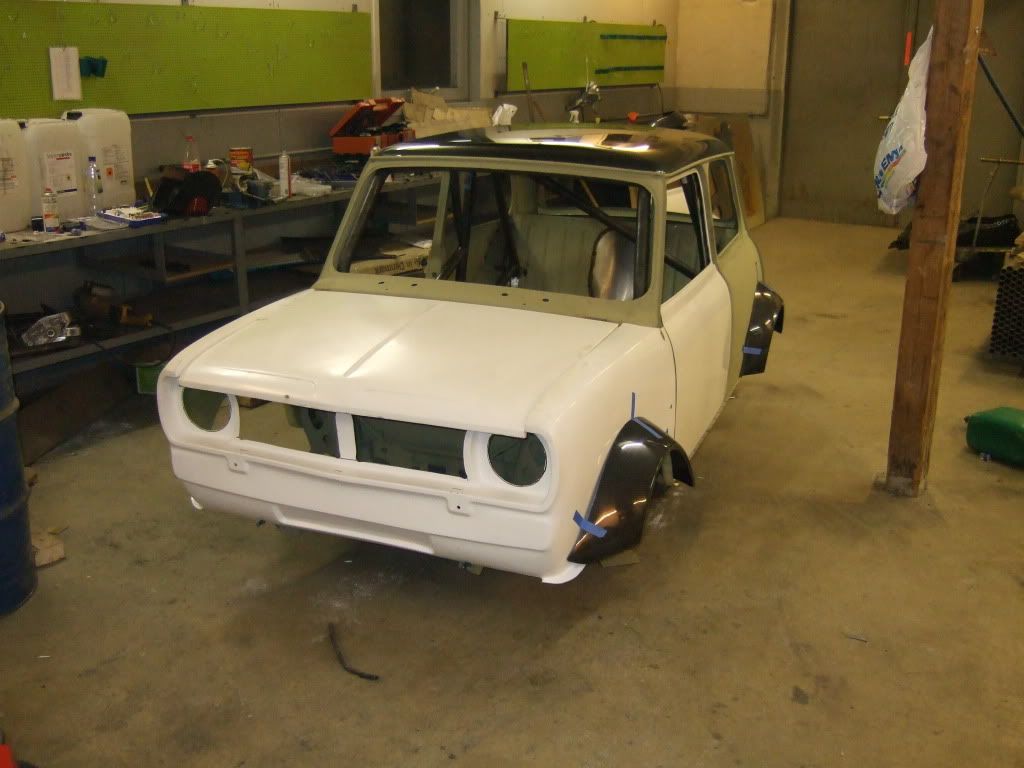| Page: |
| Home > Beginners Tech > Metro Turbo Engine Myths | |||||||
|
Site Admin  15300 Posts Member #: 337 Fearless Tom Fenton, Avon Park 2007 & 2008 class D winner & TM legend. |
9th May, 2005 at 06:23:15pm
For comment please all
On 29th Nov, 2016 madmk1 said:
On 28th Nov, 2016 Rob Gavin said:
I refuse to pay for anything else Like fuel 😂😂 |
||||||
|
265 Posts Member #: 368 Senior Member Roseville, CA (USA) |
9th May, 2005 at 06:39:41pm
Great info, Tom! Timely, too! I'm going to share this with another board, if you don't mind... **************************************
|
||||||
|
Site Admin 6291 Posts Member #: 1 The boring bloke who runs this place. Berkshire |
9th May, 2005 at 07:18:29pm
Just link it, we like the extra hits.
|
||||||
|
Forum Mod 1140 Posts Member #: 93 Post Whore Near Lincoln |
9th May, 2005 at 07:37:07pm
yep good stuff tom, good to see some more info coming into the beginner tech bit couple of other things worth mentioning that you could edit in if you feel it fits in with the theme of the post
|
||||||
|
265 Posts Member #: 368 Senior Member Roseville, CA (USA) |
9th May, 2005 at 07:39:30pm
I was wondering about the valve size bit (I noted that on my turbo head). Is there a reason for smaller valves, as opposed to the larger, more VE-friendly MG Metro intake valves? I'm considering using my MG Metro head for conversion purposes... **************************************
|
||||||
|
Site Admin  15300 Posts Member #: 337 Fearless Tom Fenton, Avon Park 2007 & 2008 class D winner & TM legend. |
9th May, 2005 at 07:42:19pm
Yes Dan good thinking I will add it in. A couple of the things you mention I knew about now you say them, a couple I didn't.
On 29th Nov, 2016 madmk1 said:
On 28th Nov, 2016 Rob Gavin said:
I refuse to pay for anything else Like fuel 😂😂 |
||||||
 7765 Posts Member #: 74 I pick holes in everything.. Chief ancient post excavator |
10th May, 2005 at 08:00:38am
I'd also say that there's no need for concern on the ex valves. Mopst people here swpa these for regular 7,12mm ones. The standard A+ valves are of VERY good quality. The A ones aren't though :) On 13th Jul, 2012 Ben H said:
Mine gets in the way a bit, but only when it is up. If it is down it does not cause a problem. |
||||||
|
5795 Posts Member #: 80 AFRacing LTD Newbury, Berks |
10th May, 2005 at 08:30:16am
"- turbo head can also be spotted i think by having a screwed blanking plug where the bypass hose normally comes out, i think all other heads either have the bypass or this isn't even drilled ie. left as cast "
AlexF |
||||||
|
Forum Mod 10980 Posts Member #: 17 ***16*** SouthPark, Colorado |
10th May, 2005 at 02:56:31pm
From the Engines I've stripped, the superior CAM6581 crank appeared after 1986. Early engines have had the same CAM6232 as the stock 1275 engines... On 17th Nov, 2014 Tom Fenton said:
Sorry to say My Herpes are no better Ready to feel Ancient ??? This is 26 years old as of 2022 https://youtu.be/YQQokcoOzeY |
||||||
|
Site Admin  15300 Posts Member #: 337 Fearless Tom Fenton, Avon Park 2007 & 2008 class D winner & TM legend. |
10th May, 2005 at 02:58:56pm
Hmm thats interesting I thought the early ones were the better ones! Oh well you live and learn.
Edited by Tom Fenton on 10th May, 2005.
On 29th Nov, 2016 madmk1 said:
On 28th Nov, 2016 Rob Gavin said:
I refuse to pay for anything else Like fuel 😂😂 |
||||||
|
Forum Mod 10980 Posts Member #: 17 ***16*** SouthPark, Colorado |
10th May, 2005 at 03:09:48pm
Agreed Tom - that's the best thing for these kinda posts - get the info up here, let peeps review it, then edit the original.
On 17th Nov, 2014 Tom Fenton said:
Sorry to say My Herpes are no better Ready to feel Ancient ??? This is 26 years old as of 2022 https://youtu.be/YQQokcoOzeY |
||||||
|
Site Admin  15300 Posts Member #: 337 Fearless Tom Fenton, Avon Park 2007 & 2008 class D winner & TM legend. |
10th May, 2005 at 03:22:59pm
Yes the bit about the oil pumps is interesting, if the pump with the "standard" width lobes is up to the job of supplying the turbo feed as well, you have to ask where does the extra capacity of the turbo pump go? Over the relief valve would be my guess, only achievement being heating the oil up unneccesarily?
On 29th Nov, 2016 madmk1 said:
On 28th Nov, 2016 Rob Gavin said:
I refuse to pay for anything else Like fuel 😂😂 |
||||||
|
Forum Mod 10980 Posts Member #: 17 ***16*** SouthPark, Colorado |
10th May, 2005 at 03:35:54pm
V true. And anything that goes out of the relief valve is wasted power.
On 17th Nov, 2014 Tom Fenton said:
Sorry to say My Herpes are no better Ready to feel Ancient ??? This is 26 years old as of 2022 https://youtu.be/YQQokcoOzeY |
||||||
 2909 Posts Member #: 83 Post Whore Glasgow, Scotland |
11th May, 2005 at 12:58:30am
you may want to add a bit about the camshaft! .. i.e. turbo cam is the exact same as any A+ 1275 cam.
turbo 16v k-series 11.9@118.9 :)
|
||||||
|
Forum Mod  1322 Posts Member #: 28 Post Whore Milton Keynes |
11th May, 2005 at 01:47:53pm
I'm sure I have heard that:
|
||||||
|
Site Admin  15300 Posts Member #: 337 Fearless Tom Fenton, Avon Park 2007 & 2008 class D winner & TM legend. |
11th May, 2005 at 02:22:27pm
All the later heads have slightly better waterways. You can tell the difference as the early ones have the whole of the area around the thermostat machined, whereas the later ones have the area part machined and part left cast.
Edited by Tom Fenton on 11th May, 2005.
On 29th Nov, 2016 madmk1 said:
On 28th Nov, 2016 Rob Gavin said:
I refuse to pay for anything else Like fuel 😂😂 |
||||||
|
180 Posts Member #: 591 Advanced Member Rugeley, Midlands, England |
27th Jun, 2005 at 06:43:01pm
Chris Barkas ere,
|
||||||
 169 Posts Member #: 748 Advanced Member Cirencester, Gloucestershire |
9th Apr, 2006 at 10:29:51pm
Great Info Tom, helpful and intresting!
1310 - Supercharged 16v Twin Cam - 190BHP - SC Built.
|
||||||
|
141 Posts Member #: 954 Advanced Member Fort Collins Colorado USA |
10th Apr, 2006 at 04:56:39am
Didn't the extra oil for the turbo pump go to the piston cooling oil jets?
1275 with Back Door Turbo |
||||||
|
Forum Mod 10980 Posts Member #: 17 ***16*** SouthPark, Colorado |
10th Apr, 2006 at 05:30:06am
No factory A-series ever had piston cooling jets... On 17th Nov, 2014 Tom Fenton said:
Sorry to say My Herpes are no better Ready to feel Ancient ??? This is 26 years old as of 2022 https://youtu.be/YQQokcoOzeY |
||||||
|
Site Admin  15300 Posts Member #: 337 Fearless Tom Fenton, Avon Park 2007 & 2008 class D winner & TM legend. |
10th Apr, 2006 at 09:10:24am
On 10/04/2006 04:56:39 fortfun said:
Didn't the extra oil for the turbo pump go to the piston cooling oil jets? I'm planning turbocharge of my standard ('sfar as I know, haven't taken it apart) Metro LE engine in the Mini. Since it has 75PSI of oil pressure now at anything above idle, I'm figuring it has the oil capacity to supply the turbo. No, that is wrong. The turbo pump has extra capacity to cater for the oil supply to the turbocharger. In your situation, oil pressure is irrelevant, it is flow that is required to supply the turbo also.
On 29th Nov, 2016 madmk1 said:
On 28th Nov, 2016 Rob Gavin said:
I refuse to pay for anything else Like fuel 😂😂 |
||||||
 1849 Posts Member #: 672 The oversills police Oslo, Norway |
17th Dec, 2006 at 06:02:43pm
The cooper S's also used the 12G940 head. It was only the very early S's that used the 163 head. |
||||||
|
3594 Posts Member #: 655 Post Whore Northern Ireland |
17th Dec, 2006 at 07:21:56pm
How thick actually is the piston crown on a turbo piston, versus a regular piston ???
9.85 @ 145mph
|
||||||
|
Forum Mod 10980 Posts Member #: 17 ***16*** SouthPark, Colorado |
17th Dec, 2006 at 07:36:17pm
Edited by TurboDave16V on 11th Mar, 2007. On 17th Nov, 2014 Tom Fenton said:
Sorry to say My Herpes are no better Ready to feel Ancient ??? This is 26 years old as of 2022 https://youtu.be/YQQokcoOzeY |
||||||
 2500 Posts Member #: 648 Post Whore Northern Ireland (ex AUS) |
17th Dec, 2006 at 08:16:20pm
Is the ring pack not a little further down the piston in the turbo pistons too (where it's better shielded from detonation damge)? Maybe that's rubbish but I picked it up somewhere. On 7th Nov, 2008 Nic said:
naeJ m !!!!!!sdrawkcab si gnihtyreve ?droabyekym ot deneppah sah tahw ayhwdd |
||||||
| Home > Beginners Tech > Metro Turbo Engine Myths | |||||||
|
|||||||
| Page: |


